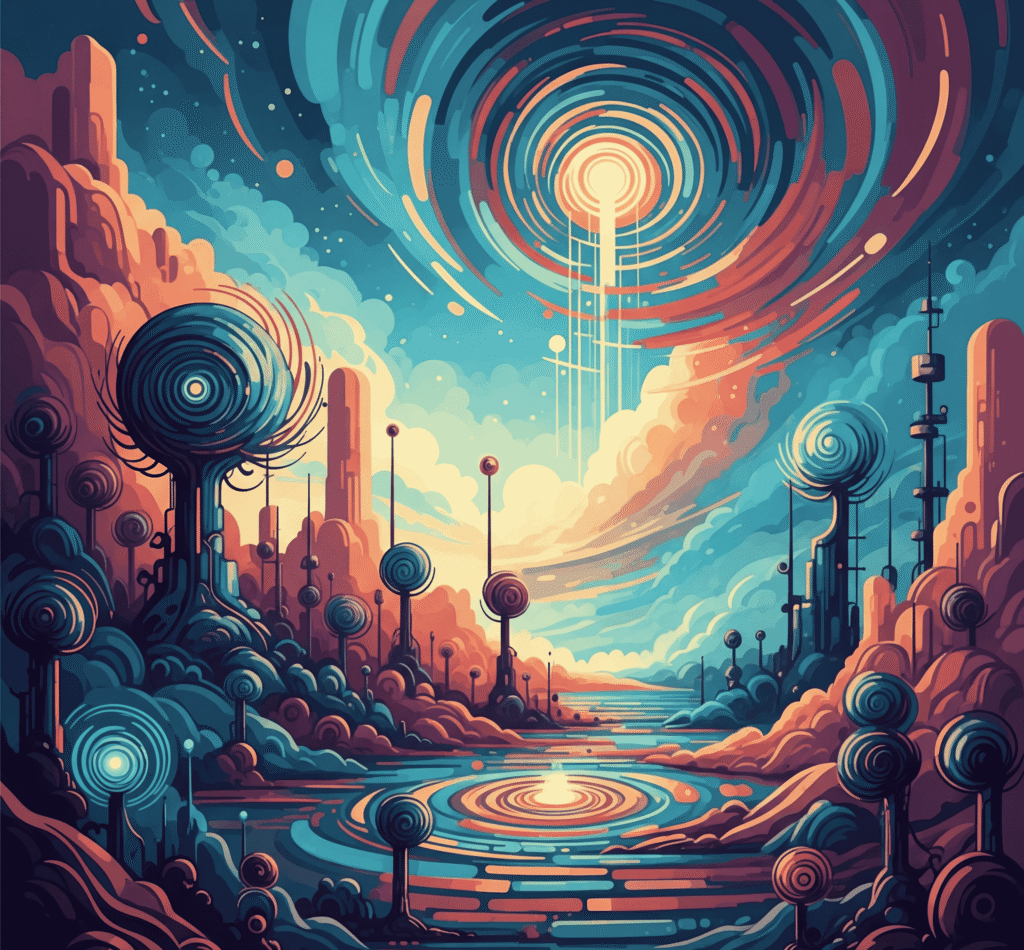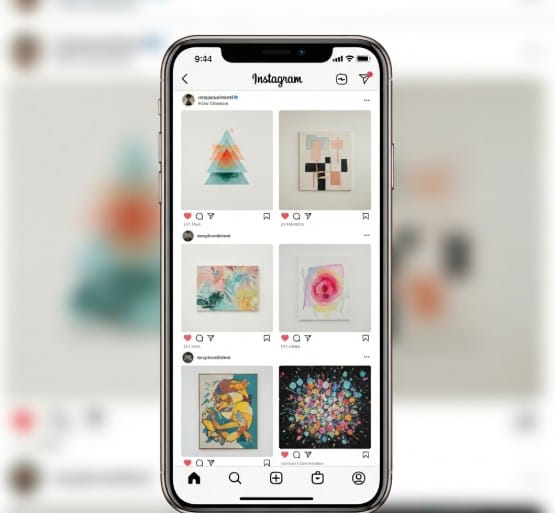How Artificial Intelligence is Changing the Art World
Art has always evolved with technology. From the invention of oil paints to the birth of photography, each advancement has redefined creativity in its own time. Today, one of the most groundbreaking forces in this transformation is Artificial Intelligence (AI). No longer confined to science labs or data centers, AI has stepped boldly into the creative domain, reshaping how art is imagined, created, curated, and even sold. In this blog post, we’ll explore how artificial intelligence is changing the art world, from intelligent painting assistants to generative algorithms that challenge the definition of authorship. Whether you’re an artist, collector, gallery owner, or enthusiast, the rise of AI in art is a conversation you can’t afford to ignore.
AI as a Creative Collaborator
One of the most fascinating ways AI is influencing art is by acting as a collaborator in the creative process. Artists are using tools like DALL·E, Runway ML, and DeepArt to generate visuals, explore surreal concepts, and even build full exhibitions around AI-generated pieces. These platforms are powered by machine learning models trained on vast datasets of images and styles, allowing artists to prompt the machine with ideas, keywords, or even sketches—and receive creative suggestions that would be nearly impossible to generate manually.
Some traditionalists argue this diminishes the human touch. However, many contemporary creators view AI as an extension of their imagination, not a replacement. It can accelerate workflows, break creative blocks, and offer entirely new perspectives. Artists like Refik Anadol have gained global recognition for using AI to generate immersive visual installations that combine data and aesthetics in real time.

Generative Art and the Rise of AI Artists
A major frontier in AI and art is generative art—art that is produced, at least in part, by an algorithm. Generative Adversarial Networks (GANs) are at the heart of this movement. These networks involve two competing algorithms: one generates images while the other critiques them, resulting in outputs that can appear uncannily human.
A landmark moment in this field came in 2018 when a piece titled Portrait of Edmond de Belamy, created by French art collective Obvious, sold at Christie’s for $432,500. It was the first AI-generated artwork to be auctioned at such a prestigious venue, challenging notions of originality and authorship. Who was the true artist—the collective, the algorithm, or the data it was trained on?
Since then, AI artists like Sougwen Chung, Mario Klingemann, and Anna Ridler have redefined what it means to create. Their works are not just visual artifacts but philosophical statements about the relationship between humanity and machine intelligence.
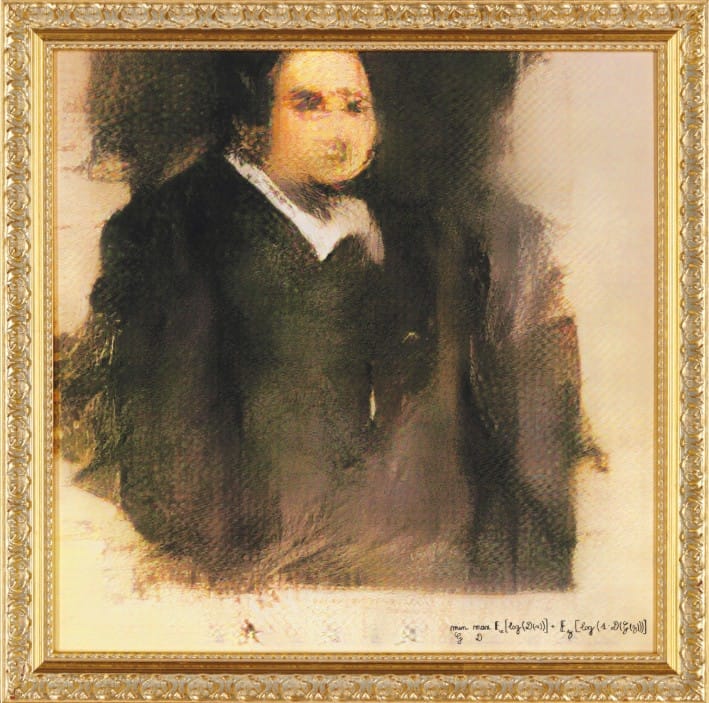
Curating with Code: AI in Art Curation and Discovery
Beyond creation, AI is revolutionizing how we curate and discover art. Traditionally, curators selected artworks based on personal taste, institutional knowledge, and cultural context. While this human touch remains essential, AI tools can enhance the process by analyzing trends, user preferences, and historical data to suggest what might resonate with audiences.
Online platforms like Artrendex use AI to tag, organize, and recommend art pieces to collectors based on aesthetic similarities and viewing behaviors. Museums are experimenting with AI-guided tours that personalize the visitor experience, adapting content to individual interests in real-time.
Moreover, AI is democratizing access to curation, enabling independent artists to reach global audiences through personalized feeds and algorithm-based art marketplaces. This is crucial for emerging creators, especially those working outside mainstream hubs.
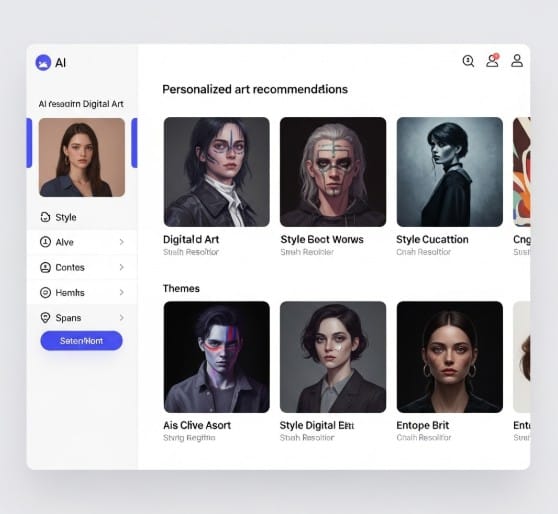
AI in Art Conservation and Authentication
Art preservation and authentication have long relied on the expertise of specialists. Now, AI tools are augmenting their capabilities, offering more precise insights into a work’s age, material composition, and potential provenance.
Machine learning models can analyze high-resolution images to detect minute cracks, pigments, or brushstroke patterns that are invisible to the human eye. This has proven especially useful in identifying forgeries or attributing artworks to specific artists. For instance, researchers have used AI to distinguish between authentic Van Gogh works and expertly crafted fakes with impressive accuracy.
AI is also helping in restoring deteriorated artworks. By referencing historical data, old photographs, or related pieces, AI can generate suggestions for missing or damaged areas—guiding restorers with unprecedented clarity.
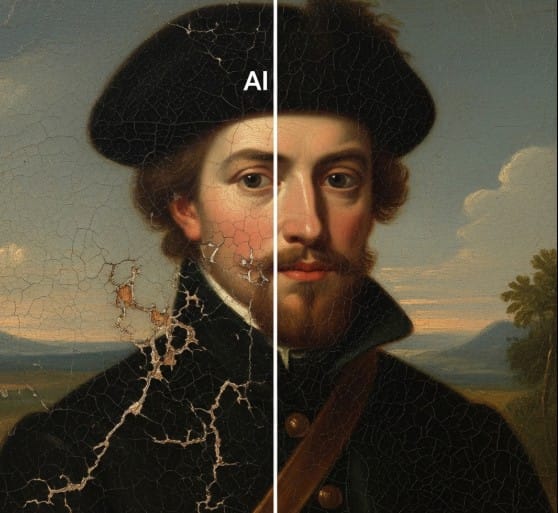
The Ethical Debate: Who Owns AI Art?
One of the most pressing debates in the AI-art revolution revolves around ownership and authorship. If a machine generates an artwork, who owns the rights? The programmer who wrote the code? The artist who input the prompt? The company that owns the algorithm?
Legal systems worldwide are grappling with these questions. For example, in the U.S., the U.S. Copyright Office currently does not recognize AI-generated art as eligible for copyright protection unless it involves a significant human creative contribution.
Ethical considerations go beyond legality. If an AI is trained on thousands of copyrighted images without consent, does the resulting artwork infringe on original artists? As more tools are trained using scraped online content, this issue becomes more critical.
Artists and platforms are beginning to advocate for transparent datasets, consent-based training, and shared royalties—but consensus remains elusive.
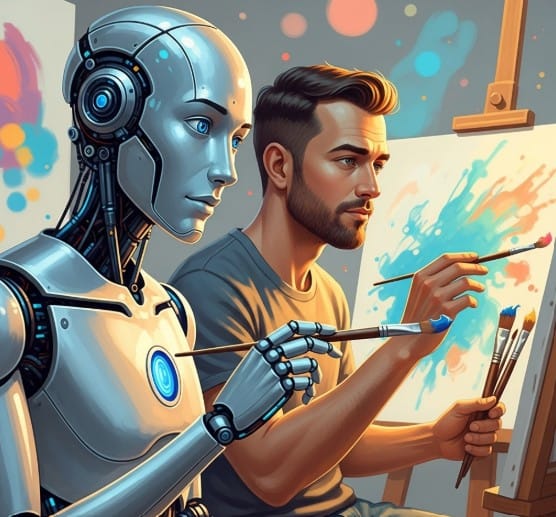
NFTs and the AI Art Boom
The rise of NFTs (Non-Fungible Tokens) has provided a perfect stage for AI-generated art to flourish. These digital certificates of authenticity allow AI art to be minted, sold, and traded on blockchain marketplaces. Platforms like SuperRare, Foundation, and OpenSea are filled with artworks either made by or in collaboration with AI systems.
One notable example is Botto, a decentralized AI artist governed by a DAO (Decentralized Autonomous Organization), where token holders vote on which artworks should be minted and sold. Botto’s creations have earned hundreds of thousands of dollars, and its community shapes the algorithm’s evolution in real time.
This convergence of AI and NFTs is not only pushing artistic boundaries but also creating new economies and communities. The concept of an artist is shifting—from an individual to a collective, from human to hybrid intelligence.
Explore more at : Learn more about Botto on its official website
AI’s Impact on Traditional Artists and the Market
For traditional artists, the rise of AI brings both opportunities and challenges. On one hand, AI can be a powerful tool—assisting with ideation, editing, and even reaching new audiences through algorithm-based exposure. On the other hand, the fear of being overshadowed or replaced by machines is valid and growing.
However, history shows that art doesn’t thrive by resisting change—it thrives by adapting. Many painters, illustrators, and sculptors are now incorporating AI into their practice, using it to explore new textures, simulate materials, or create immersive 3D installations.
From a market perspective, AI art has introduced a new collector base—younger, tech-savvy buyers who may not have participated in traditional galleries. This diversification could revitalize interest in contemporary art and reshape how art is valued in the 21st century.
ISKUSS and the Future of AI-Inspired Art
As a platform deeply rooted in celebrating diverse artistic voices, ISKUSS recognizes the evolving intersection of culture, creativity, and technology. While we focus on timeless artistic expressions, we also appreciate how AI can be used to amplify tradition, reimagine narratives, and connect global audiences.
We believe that AI does not diminish the soul of art—instead, it offers new ways to express it. By combining human vision with machine precision, today’s artists can honor the past while embracing the future.
If you’re curious to explore how tradition and innovation coexist, visit our curated gallery and discover artworks that blend cultural depth with contemporary relevance.
Final Thoughts: A New Artistic Renaissance
The question is no longer whether AI belongs in the art world—it’s how we choose to embrace it. Like every major movement in art history, from the Renaissance to Modernism, the AI era represents a new way of seeing. It challenges our definitions, disrupts old systems, and offers an exciting (if sometimes controversial) future.
While machines may never feel emotion the way humans do, they can be tools that help us better express our own. The true value of AI in art lies not in replacing human creativity but in expanding its reach, breaking its limits, and opening new doors.
